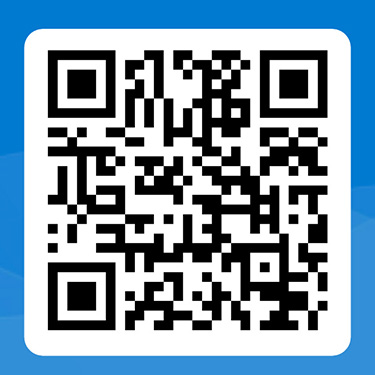Audiology Survey on Terminology
Use the QR code below to take our survey on the terminology we use to describe hearing.

What is Language?
All children need language and communication skills in order to make sense of the world around them, to build relationships with other people, and be understood by them. Language and communication skills are both receptive: which is what we understand from others and also expressive: which is what we want others to understand. Language is a way to share information using words, phrases, and grammar.
For children to develop a language well, they need to be surrounded by capable users of that language. During their first year, babies will understand a lot of what is said to them but will be able to say very little. Their receptive language abilities develop much faster than their expressive ones.
What is Communication?
Communication is how we share and exchange information, ideas, and feelings with other people. It is a two-way process and involves not only what we say or sign, but other things like eye contact, gestures, tone of voice, facial expressions, and body language. Communication begins from birth, long before first words or signs, with cries, then coos and smiles.
With the right support, commitment, and encouragement from families and professionals, deaf and hard-of-hearing children can learn to communicate as effectively as other children. It is important to establish which communication opportunities best suit your child and your family so your child can express their feelings and emotions and build connections and relationships with family, friends, and their wider community.
Communication Opportunities & Assistance
Please learn more about the communication opportunities as well as assistance in choosing an approach below: